
Copper alloy combined with tantalum and lithium: a new generation of supermaterials. This could be the foundation for a new generation of materials in the aerospace, defense and high-tech industries - Photo: Lehigh University
According to Science, a research team at Lehigh University (Pennsylvania, USA) and Arizona State University have created a new copper alloy combining tantalum and lithium, which has higher mechanical strength than conventional steel, but still maintains superior electrical conductivity, something that current super alloys cannot achieve.
The unique feature of this alloy lies in its three-layer nanostructure: stable cubic lithium copper precipitates are sandwiched between two layers of tantalum, a metal known for its corrosion resistance and heat resistance. It is this microstructure that enables the material to withstand temperatures of up to 800°C (1,472°F) and a maximum stress of 1,120 MPa at room temperature, about 50% higher than standard steel.
Previously, manufactured products in the materials industry usually had only one of two features: durability or good electrical conductivity. Products with high durability had to reduce or eliminate the ability to conduct electricity, and vice versa. The new alloy invention has broken that limit, opening a new era of "multi-purpose" materials: good electrical conductivity like copper, strong like steel, heat resistance like nickel, all in a single nanostructure.
"This is a solid foundation for industry and defense to develop a new generation of materials for devices that require extremely high performance and reliability," said Professor Harmer, a member of the research team.
In the aerospace, energy and defense industries, the requirement is for a material that is both conductive, heat-resistant, and durable over a long period of time. Currently, the commonly used material is nickel-based superalloys, which have good heat resistance and corrosion resistance, but very low electrical conductivity, making them unsuitable for devices that require high power transmission.
The new alloy’s microstructure can be likened to a material’s “fingerprint,” determining how it reacts to factors such as heat, radiation, or mechanical impact. Thanks to the presence of lithium, which acts as a structural stabilizer, the alloy maintains its strength and prevents cracking even when subjected to constant exposure to high temperatures.
With its high heat resistance and non-loss of electrical conductivity, this alloy can be used as turbine blades or combustion chambers in hypersonic jet engines. This is also a field that the US, China and Russia are investing in developing.
Not only in rocket engines, this alloy can also be applied to armor, electromagnetic weapons, military sensors, places that require super light, super durable and good electrical conductivity materials.
In addition, both thermal power, nuclear power, oil and gas exploitation... all require equipment to operate in extreme conditions. With its corrosion resistance and mechanical strength, tantalum lithium copper alloy can be used as equipment shells, heat exchangers or pressure-resistant pipelines.
Although still in the laboratory stage, experts say this new alloy has the potential to change the way humans build aircraft, spacecraft, weapons and electrical systems in the next decade.
The sophisticated combination of microstructural design, precious materials and nanotechnology makes this alloy not just a scientific invention but a technological advancement with global impact.
Source: https://tuoitre.vn/phat-minh-ra-hop-kim-dong-cung-hon-thep-chiu-nhiet-toi-800c-20250528163731304.htm





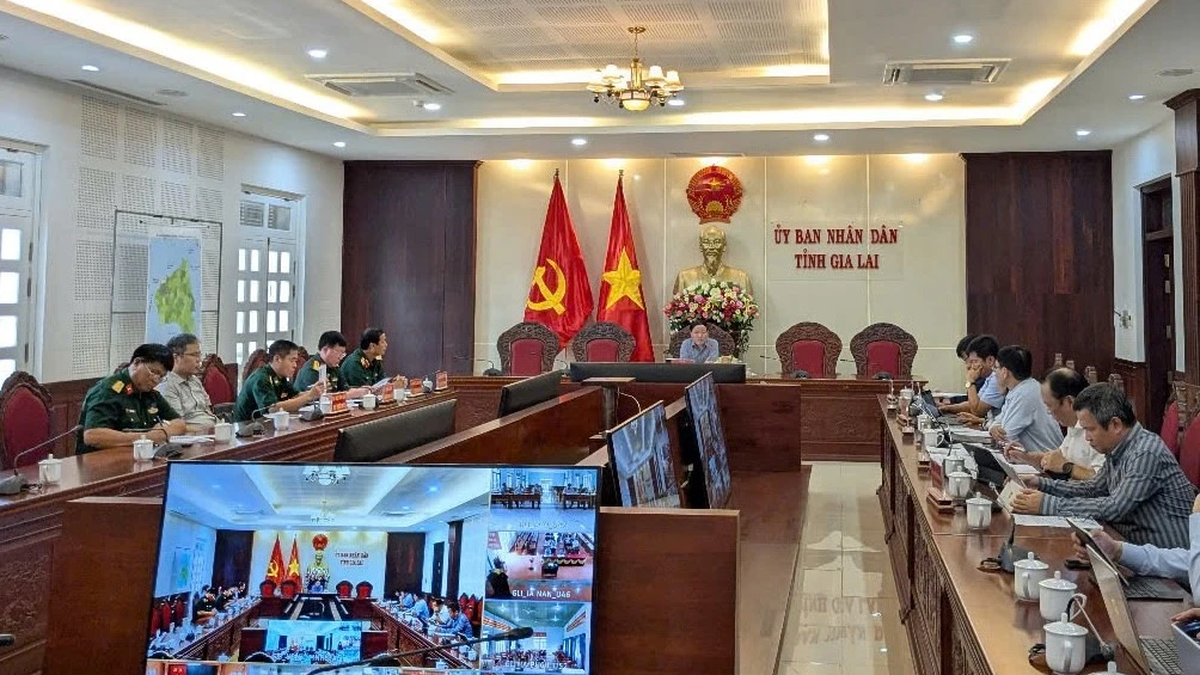



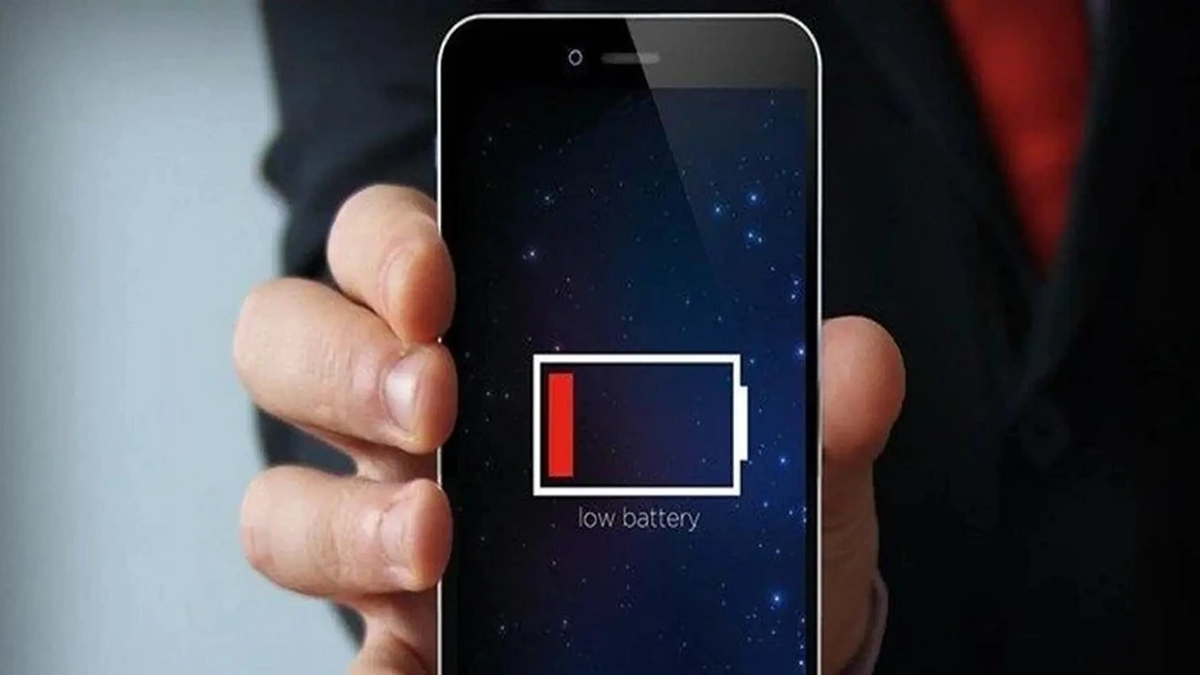







































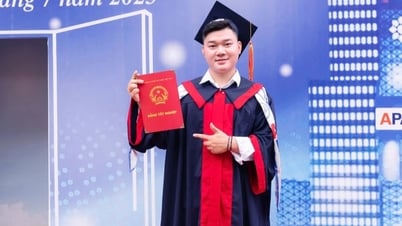












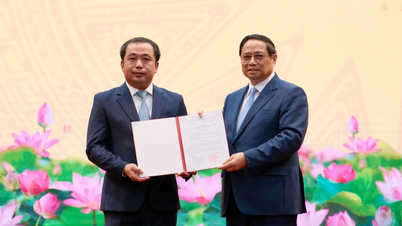





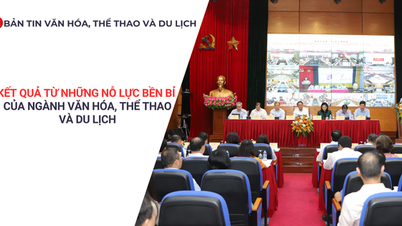





























Comment (0)